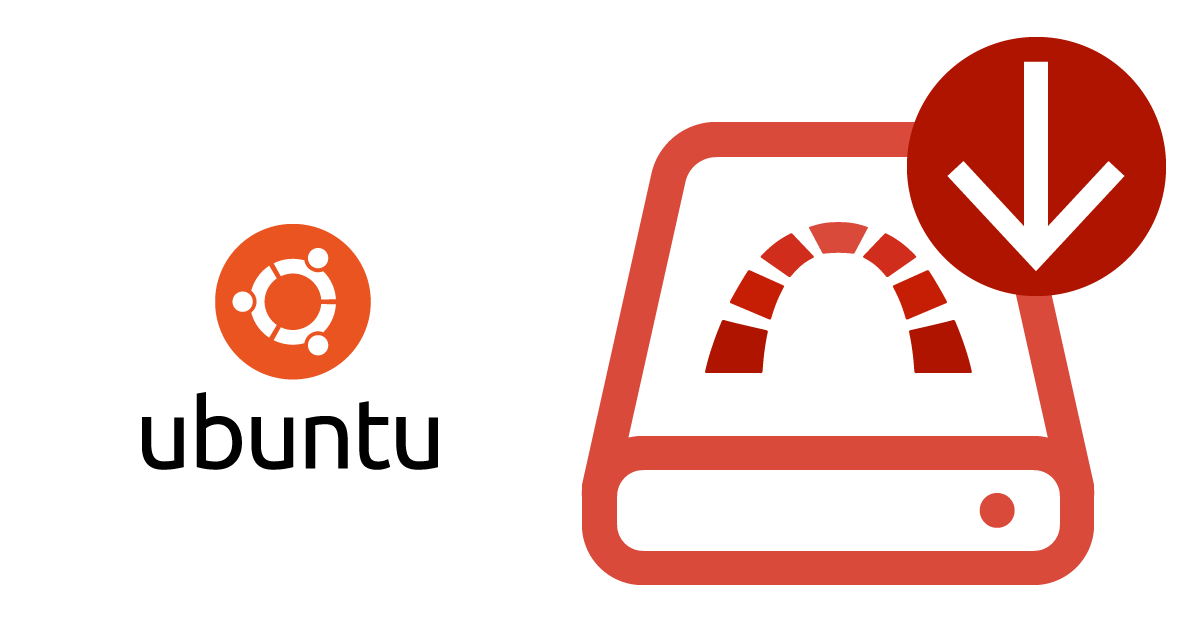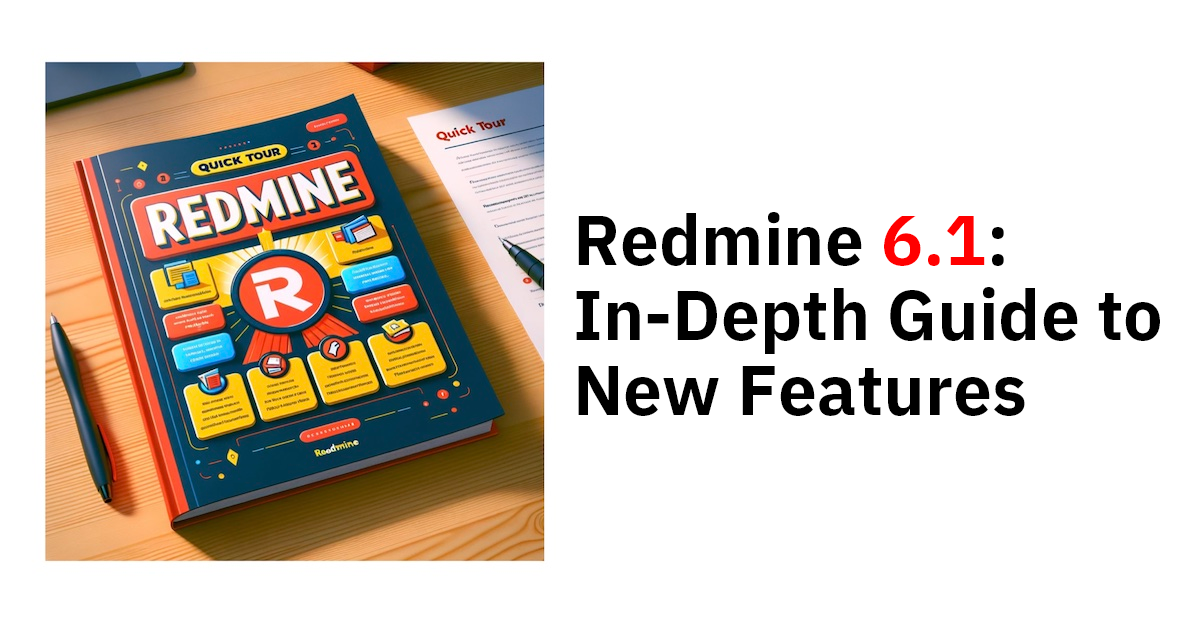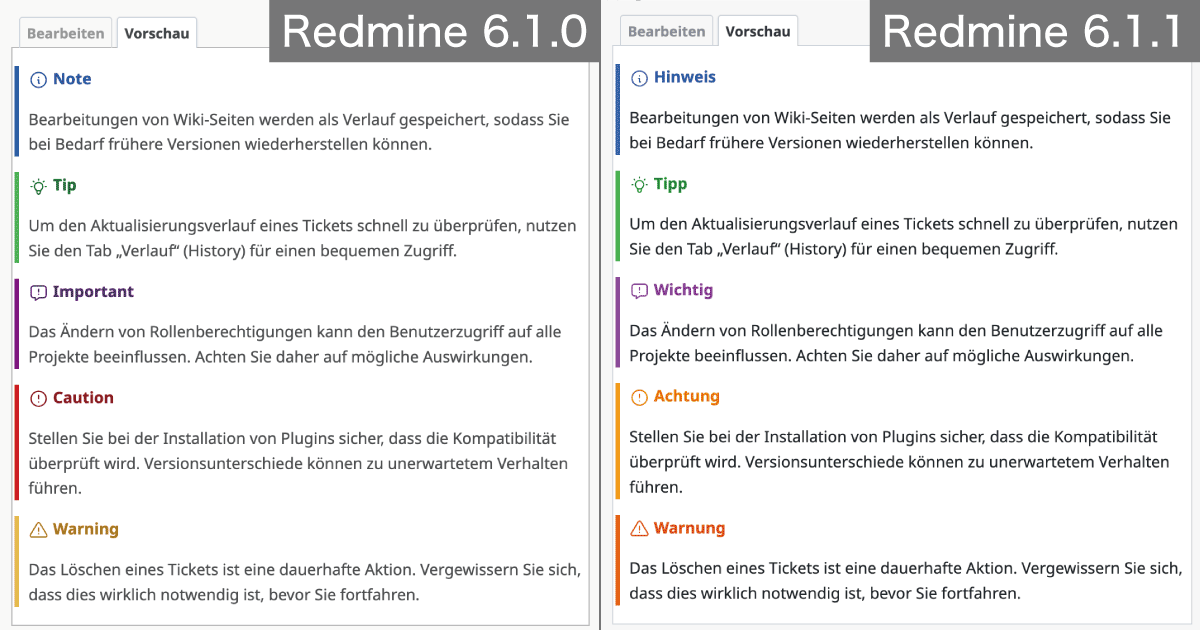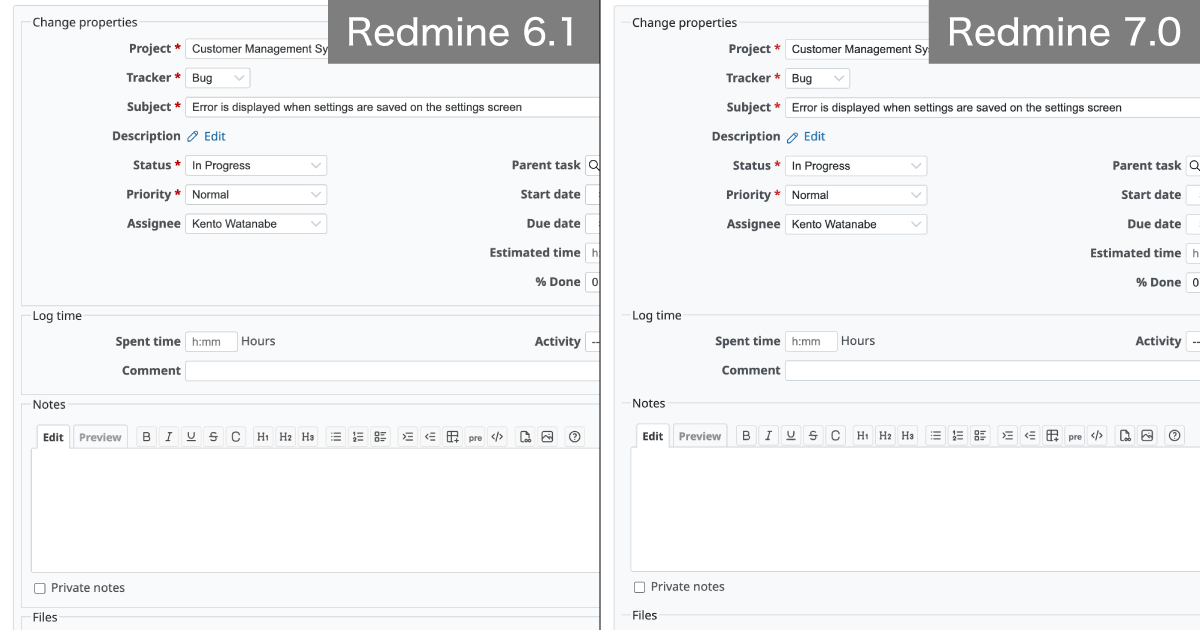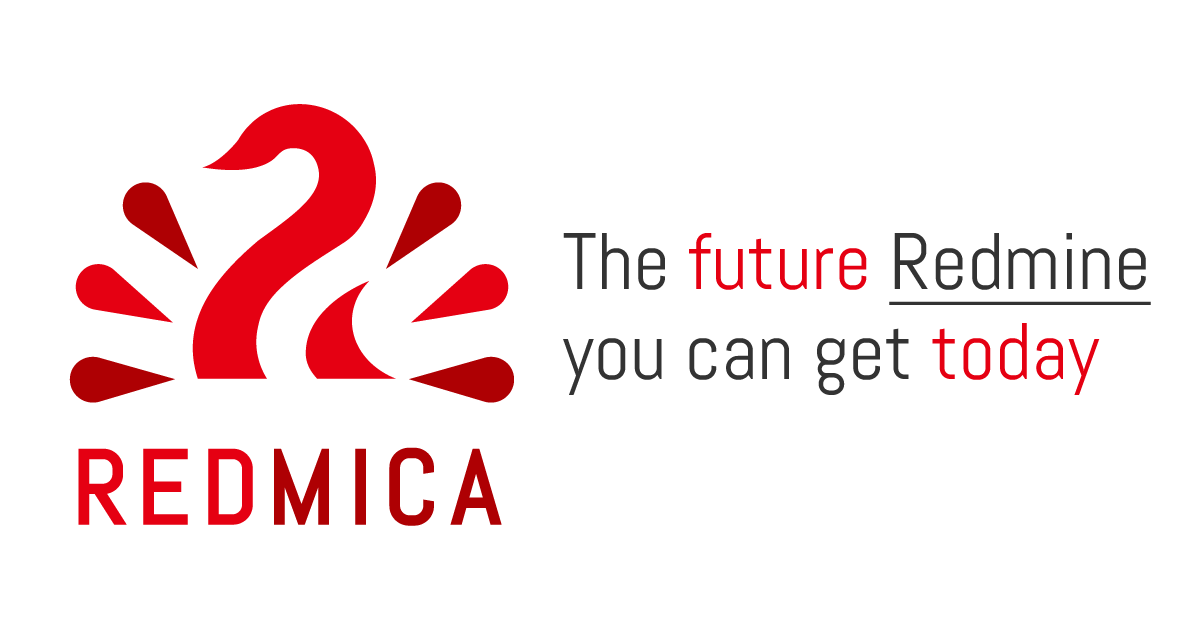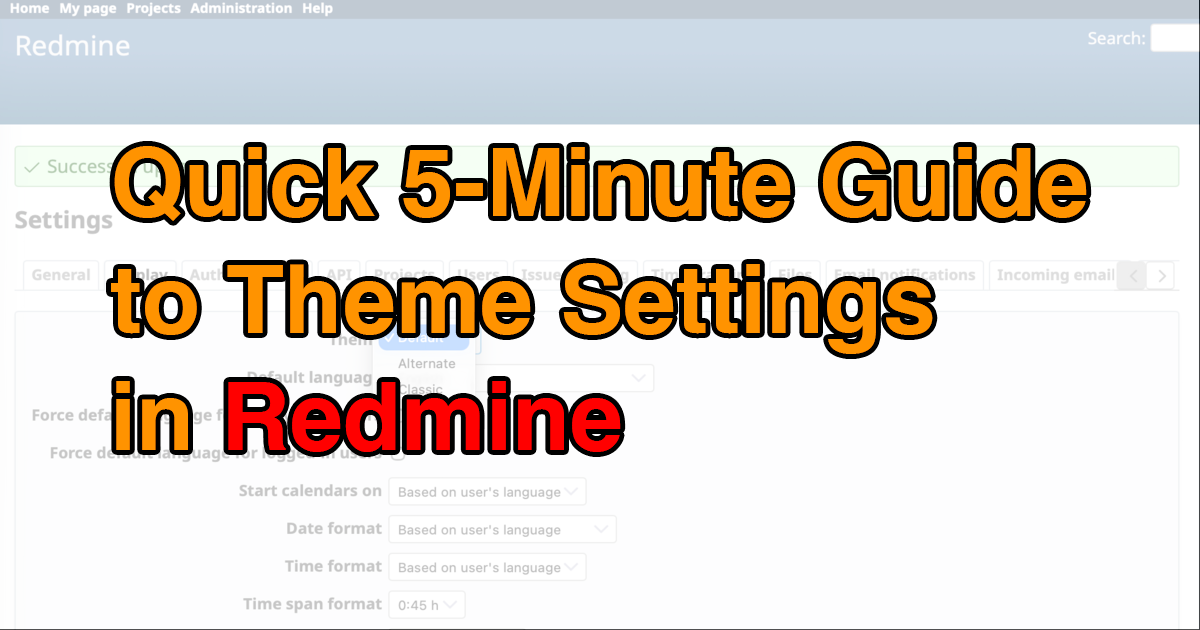Quick 5-Minute Guide to Workflow Settings in Redmine

This article will guide you through Redmine’s Workflow feature—an essential setting that defines how issues move between statuses depending on roles and trackers.
Table of Contents
What Is a "Workflow" in Redmine?
When using Redmine’s core feature—the issue tracking system—it is essential to configure a “workflow.” While the term “workflow” usually means “flow of work” in general, in Redmine it refers to a combination of role-based, tracker-based, and status transitions. It can be thought of like this:

Image of a Redmine “Workflow"
In this article, we will explain roles, trackers, statuses, and workflows in that order.
Role Settings
The term “role” generally means “responsibility” or “position,” but in Redmine, it refers to a set of permissions assigned to a user.
Most features in Redmine can be controlled through permissions. Instead of assigning permissions directly to each user, permissions are grouped into roles.
For example, consider a user named Alice:
In Project A, Alice is assigned the Manager role. This role includes permissions such as Manage members, View issues, and Add issues.
→ Alice is allowed to manage members in Project A.In Project B, Alice is assigned the Reporter role. This role includes permissions such as View issues and Add issues, but not Manage members.
→ Alice is not allowed to manage members in Project B.
Roles are managed at the project level, so the same user can hold different roles across different projects.

Users can be assigned different roles per project
Click "New role" to define one from scratch, or click "Copy" next to an existing role to duplicate and adjust its permissions.

Click "New role" or "Copy" on the Roles list screen
Tracker Settings
The term tracker may sound unfamiliar. In Redmine, a tracker defines which fields are available for issues.
You can enable or disable standard fields, and even add custom fields. These settings are applied per tracker, so designing a tracker is essentially like designing the input form for issues.
When you create a new issue, you choose a tracker. By preparing different trackers for different types of work, switching the tracker effectively switches the input form.
Define input fields for each tracker
To create a tracker, go to the top menu Administration → Trackers. Click "New tracker" to create one from scratch. If you loaded the default configuration when setting up Redmine, you will already have the trackers “Bug,” “Feature,” and “Support.” You can use them as they are, rename them, or copy them to create new ones.
Click "New tracker" or "Copy" on the Trackers list screen
In the tracker creation/edit screen, you will see a section called "Standard fields" with checkboxes. Select the fields you want to use for this tracker and save.
Choose which standard fields to use for a tracker
Status Settings
“Status” refers to the states through which an issue progresses. You can create names that match the way your project operates. To manage statuses, go to the top menu Administration → Issue statuses.

Issue statuses list screen
Click "New status" to create one. If you loaded the default configuration, you will already have statuses like “New,” “In Progress,” “Resolved,” “Feedback,” “Closed,” and “Rejected.” These can be used as they are.
When creating a status, you can decide whether it should be treated as a closed state by checking the corresponding box. In Redmine, every issue is either open or closed. If you want issues with this status to be considered closed, simply enable this option.
For example:
- In issue lists, filtering by Open excludes all closed issues.
- A project cannot be marked as finished until all issues are in a closed state.
The name itself does not have to be “Closed.” For instance, the default "Rejected" status is also configured as a closed state.

The status "Rejected" is set as a closed issue state.
Workflow Settings
In Redmine, a workflow is defined by combining roles, trackers, and status transitions. Let’s take a closer look at the workflow settings screen.
From the top menu, click Administration → Workflow to open the Workflow page. On this page, you will find dropdown menus for Role and Tracker. Using these menus, you can select a specific combination of role and tracker.
For example, choose the role Manager and the tracker Bug, then click "Edit." This will display a screen where you can configure which statuses are available to users with the Manager role when working with issues in the Bug tracker.

Select a role and a tracker, then click "Edit" to display the status settings screen.
This settings screen is essentially a matrix of “Current status” and “Allowed transitions to” statuses. In other words, it defines which statuses an issue can be changed to, starting from its current status.
In the example shown in the screenshot, when an issue is in the status "New," it can be changed to "In Progress," "Resolved," or "Feedback." However, it cannot be changed directly to "Closed" or "Rejected." By checking or unchecking these boxes, you can configure status transitions to match your own workflow.
At first glance, workflow settings may look overwhelming because of the many options available. But you don’t need to configure everything from the beginning. Many of these settings can be adjusted later, so it’s often better to start simple and customize gradually as you operate. Creating everything from scratch can be difficult, so a good starting point is to load the default configuration and make use of the statuses and trackers that are generated.
Explore Redmine's capabilities firsthand on the demo site: demo.redminecloud.net
Return to the "Quick 5-Minute Guide to Redmine" Article List
